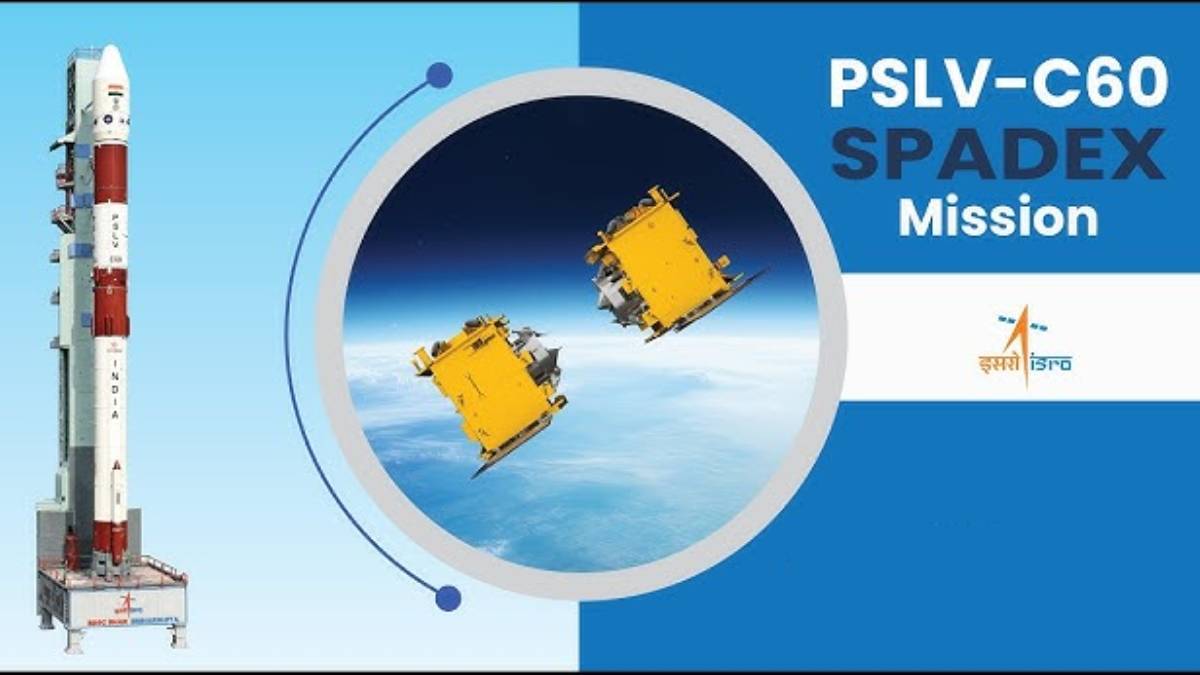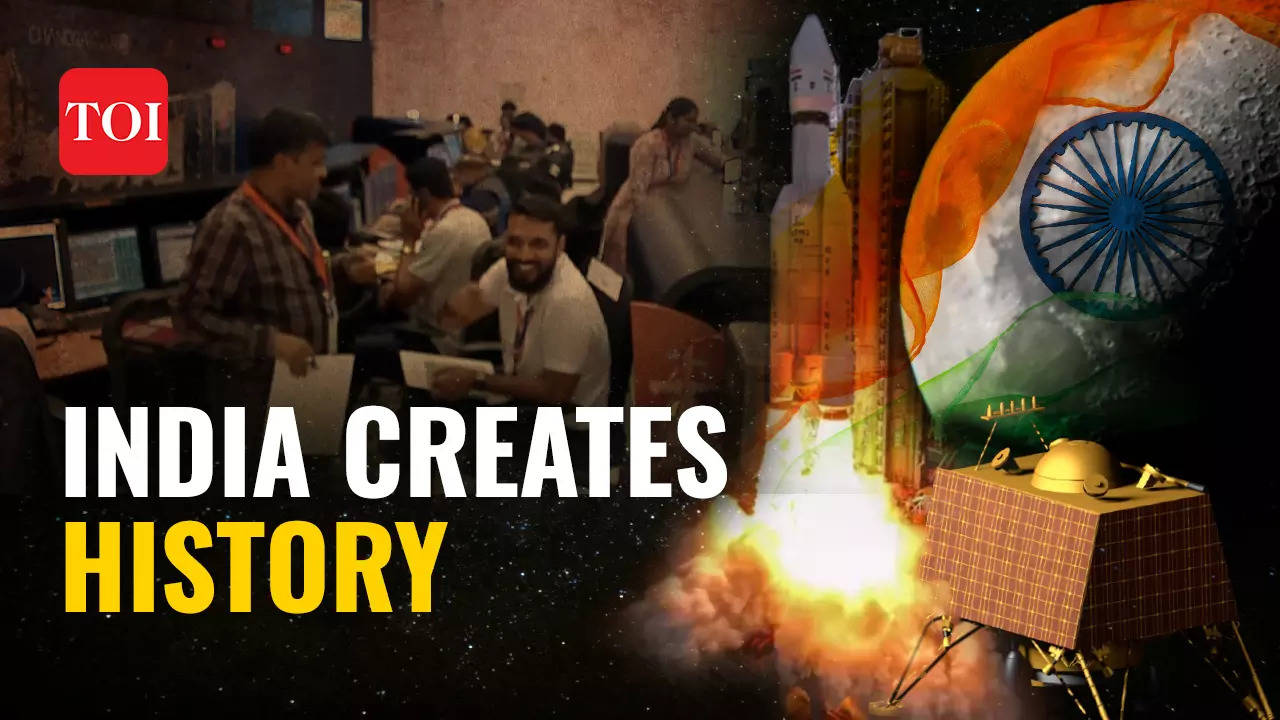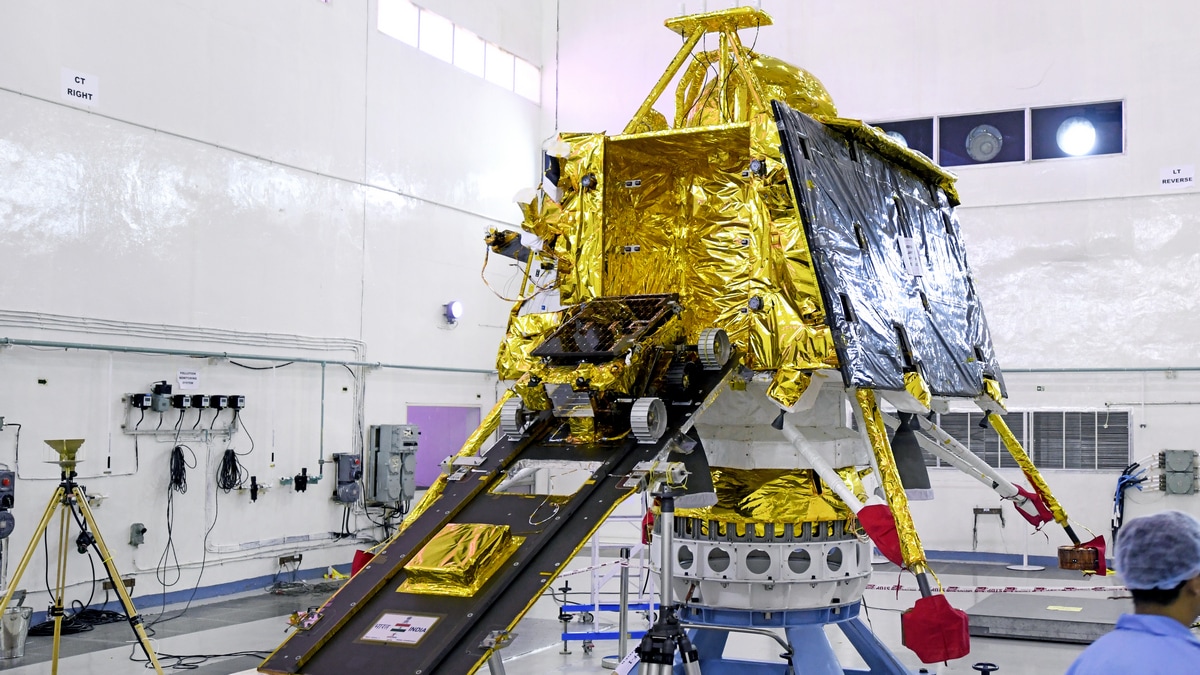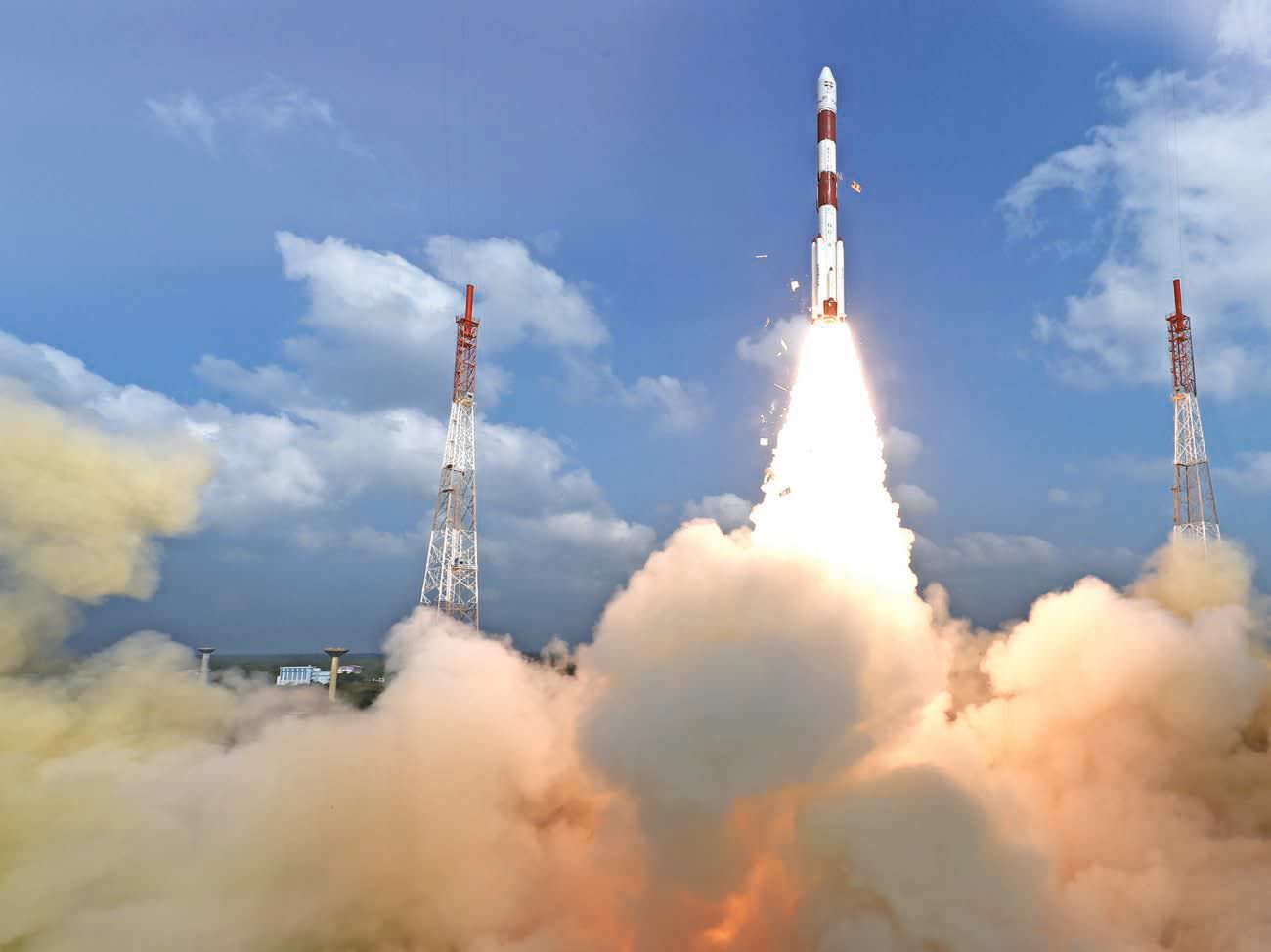


NASA astronaut Sunita Williams has announced her plans to visit India and meet the Indian Space Research Organisation (ISRO) team during her trip. Williams, who has Indian roots, shared her excitement about returning to her father's home country and expressed admiration for India's beauty from space. She also mentioned her interest in the upcoming ISRO mission and its Indian astronauts.

The Indian Space Research Organisation (ISRO) announced the successful completion of the SpaDex Mission's de-docking, marking a significant achievement for the country's space ambitions. The Union Minister of State for Science and Technology and Earth Sciences congratulated ISRO on their success and praised PM Modi's support for the country's space endeavors. The undocking process, which involved precise maneuvers, was completed on January 16 this year, with India now becoming the fourth country in the world to possess space docking technology. This breakthrough mission demonstrates India's technological prowess in spacecraft rendezvous, docking, and undocking, which is crucial for future advancements in space exploration.

The recent successful docking of satellites by ISRO, under the SpaDeX project, has put India in the exclusive list of four countries globally accomplishing such a feat. The favorable solar activity during the days leading up to the docking played a crucial role in its success. However, handling docking maneuvers during severe space weather can be extremely challenging, especially during the peak phase of solar activity cycle when hazardous space weather conditions are more frequent. This achievement opens up possibilities for future space missions like Chandrayaan-4 and Bharatiya Antriksha Station, where docking will be crucial.

India's space program, ISRO, achieved a historic milestone by successfully docking two satellites in space, demonstrating their ability to undertake complex missions like building a permanent space station or landing humans on the Moon. With this successful docking, India becomes the fourth country in the world to achieve this feat, after the US, Russia, and China. This delicate manoeuvre requires precise and coordinated movements as even the smallest error could result in the destruction of the satellites. Prime Minister Narendra Modi congratulated ISRO and the entire space community for this achievement.

The Indian government has appointed V Narayanan as the new chairman of the Indian Space Research Organisation and Secretary, Department of Space. An IIT alumnus and cryogenic engine developer, Narayanan is expected to take charge from the current head of the organisation, S Somanath, on January 14. With years of experience and expertise in rocket and spacecraft propulsion, Narayanan aims to take ISRO to greater heights and continue India's development in space technology.

Indian Space Research Organisation (ISRO) has successfully placed two satellites, weighing 220kg, into a circular orbit of 475 km for a crucial space docking technology demonstration. This mission also included the launch of POEM-4 with 24 payloads from startups, industries, and academia. Scientist S Somanath stated that the docking process is expected to take place on January 7, after operations at ISTRAC Bengaluru from December 31. This mission is a major step towards future space missions for India.

India's space agency, ISRO, successfully launched the PSLV C60 mission, placing two spacecraft into the desired orbit. This accomplishment brings India closer to joining an elite group of nations capable of space docking and reinforces its position as a global leader in space exploration technology. The Union Home Minister, Amit Shah, lauded the ISRO team for their incredible achievement, stating that this success marks a new era for India in the field of space docking.

The Indian Space Research Organisation (ISRO) launched the PSLV C60 mission on Monday night, marking a historic moment for the country's space exploration. The mission involved the launch of two spacecraft, which will demonstrate India's capabilities in orbital docking- a crucial technology for future human spaceflight and satellite servicing missions. With this achievement, India joins an elite group of countries with this technology, furthering the country's ambitions to send humans to the Moon and establish its own space station.

India's ISRO launched its Polar Satellite Launch Vehicle (PSLV-C50) carrying two spacecraft, Spacecraft A and B, to test key technologies for the future establishment of a space station. This mission is a precursor to ISRO's goal of setting up its own space station by 2035 and will aid in space docking, satellite servicing, and future interplanetary missions. The successful launch marks another milestone for India's growing space program.

The Indian Defence Forces are ramping up their efforts in space-based operations by expanding space infrastructure and strengthening key agencies such as ISRO and DRDO. A recent presentation by the Department of Military Affairs highlighted plans for launching 52 satellites for surveillance and communication purposes. This comes in the wake of government approval for a space-based surveillance project to monitor critical areas along the LAC with China and borders with Pakistan.